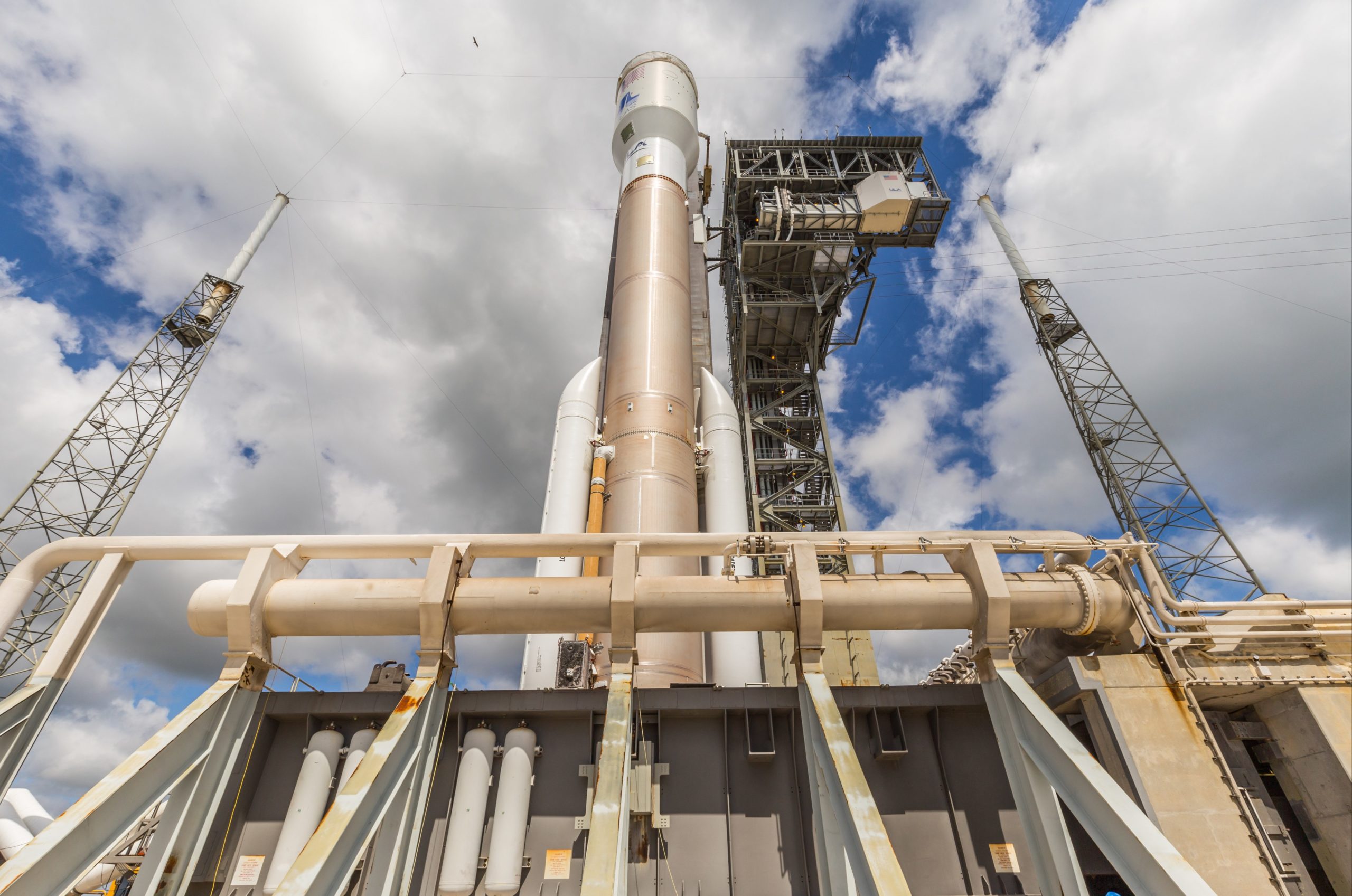
Noticeably lacking its Mars-bound payload, the giant Atlas V assigned to loft NASA’s Perseverance rover towards the Red Planet on 20 July has wrapped up its critical Wet Dress Rehearsal (WDR) milestone on Space Launch Complex (SLC)-41 at Cape Canaveral Air Force Station, Fla.
The WDR process is typically conducted by United Launch Alliance (ULA) prior to interplanetary missions or those with exceptionally short “launch windows” to rehearse the entire countdown, including fueling. It provides additional “schedule confidence” for the actual launch day by helping to identify facility, vehicle or spacecraft issues which have evaded testing in good time for them to be rectified.
As previously outlined by AmericaSpace, hardware for the United States’ next voyage to Mars began to arrive at the Cape in mid-April, with the overland journey by truck of the 41-foot-long (12.6-meter) Centaur upper stage. This was followed by last month’s arrival of the 107-foot-long (32-meter) Atlas V Common Core Booster (CCB), which was delivered from ULA’s Decatur, Ala., facility to the Cape by means of an Antonov An-124-100 airlifter.
This proved a somewhat different mode of transport for both Atlas V elements, since ULA’s seagoing R/S RocketShip was otherwise engaged delivering three colossal Common Booster Cores (CBCs), a Delta Cryogenic Second Stage (DCSS) and the payload fairing for the Delta IV Heavy’s NROL-82 mission out of Vandenberg Air Force Base, Calif., scheduled for October. The smaller diameter of the Atlas V segments made it more straightforward to transport them by means of road and air.
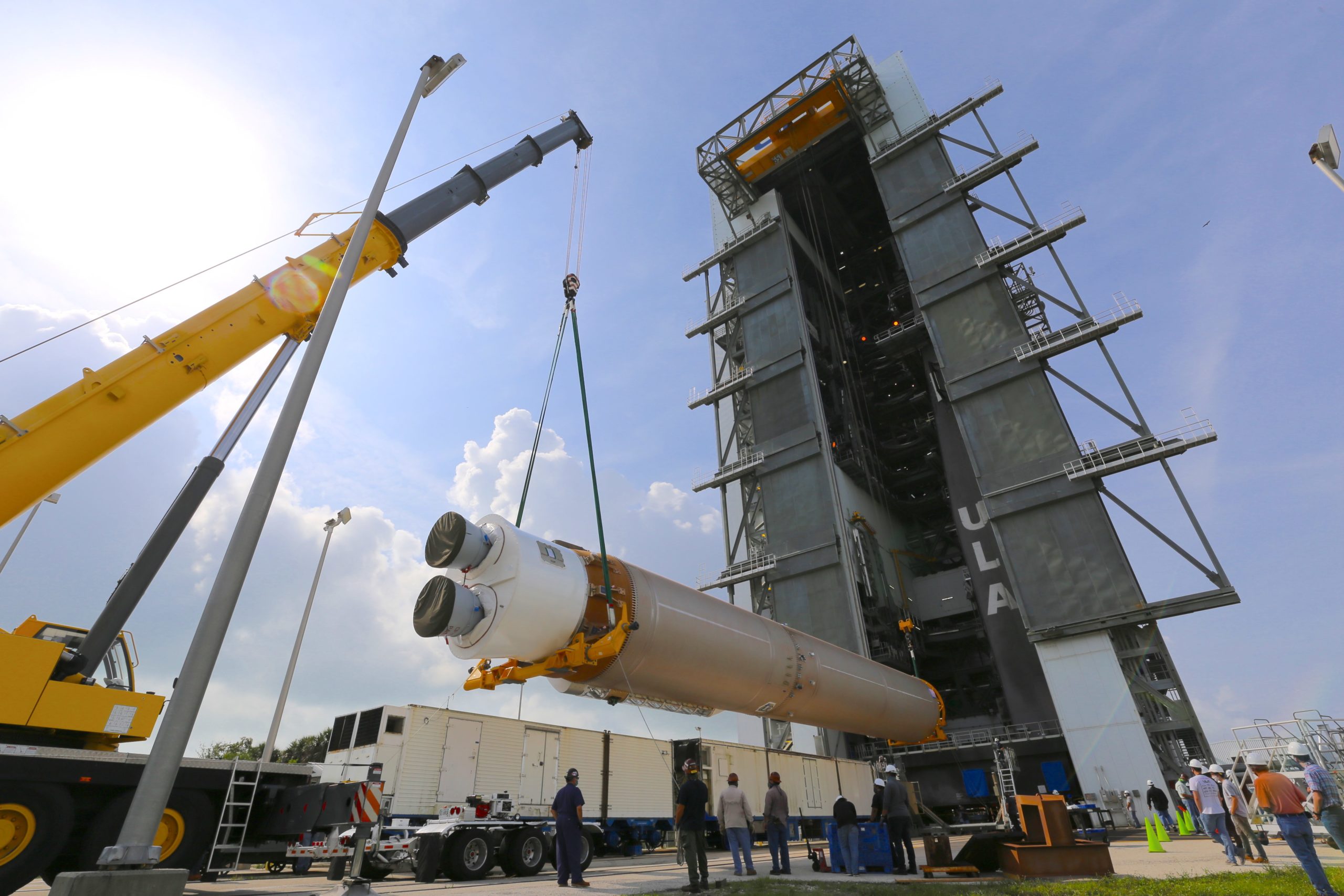
Late in May, the CCB and Centaur arrived at the Vertical Integration Facility (VIF) at SLC-41 and were elevated to the vertical and integrated, as part of the Launch Vehicle On Stand (LVOS) milestone. Four solid-fueled boosters were then added around the base of the 197-foot-tall (60-meter) rocket, although it was announced earlier in June that the opening launch attempt had slipped from 17 July to no sooner than 20 July, due to a controller fault with a crane.
The Atlas V configuration for this mission is designated “541”—which identifies a 17-foot-diameter (5-meter) payload fairing, the four solid-fueled boosters and a single-engine Centaur upper stage—and has been used only six times. It lofted NASA’s Curiosity rover towards Mars in November 2011, three classified payloads for the National Reconnaissance Office and a pair of Geostationary Operational Environmental Satellites (GOES), most recently in March 2018.
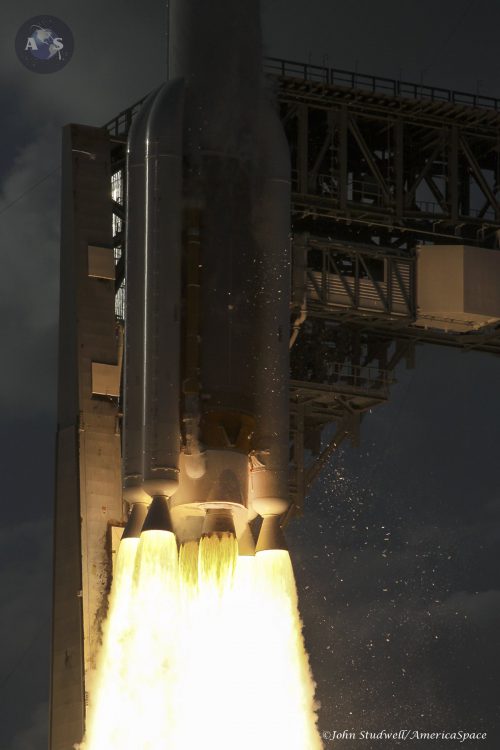
It was a strangely “incomplete” look that the Atlas V adopted on 20 June, when the fairing-less booster rolled the 1,800 feet (550 meters) from the VIF to the SLC-41 pad surface for the WDR. “Starting our trip to the Red Planet,” tweeted ULA CEO Tory Bruno. “Mighty Atlas has rolled to the pad and RP-1 tanking is underway.” RP-1, a refined form of rocket-grade kerosene, is utilized by the Atlas V’s RD-180 engine, alongside liquid oxygen.
As part of the WDR, the CCB was loaded with its flight supply of 25,000 gallons (113,650 liters) of RP-1, with the intention that this fuel will remain aboard the vehicle through launch.
“The joint ULA, NASA Launch Services Program and Perseverance team is on console,” noted ULA in its blog at 8 a.m. EDT Monday, “as the countdown gets underway at Cape Canaveral for today’s Atlas V Wet Dress Rehearsal.”
The Atlas V stages were powered up, their guidance systems underwent tests and ground systems were put through final preparations. Cryogenic tanking of the Centaur upper stage with over 66,000 gallons (300,000 liters) of liquid oxygen and hydrogen then got underway. The mock “countdown” proceeded through each of its scheduled steps, including the final planned hold at T-4 minutes, before the WDR concluded just prior to T-0.
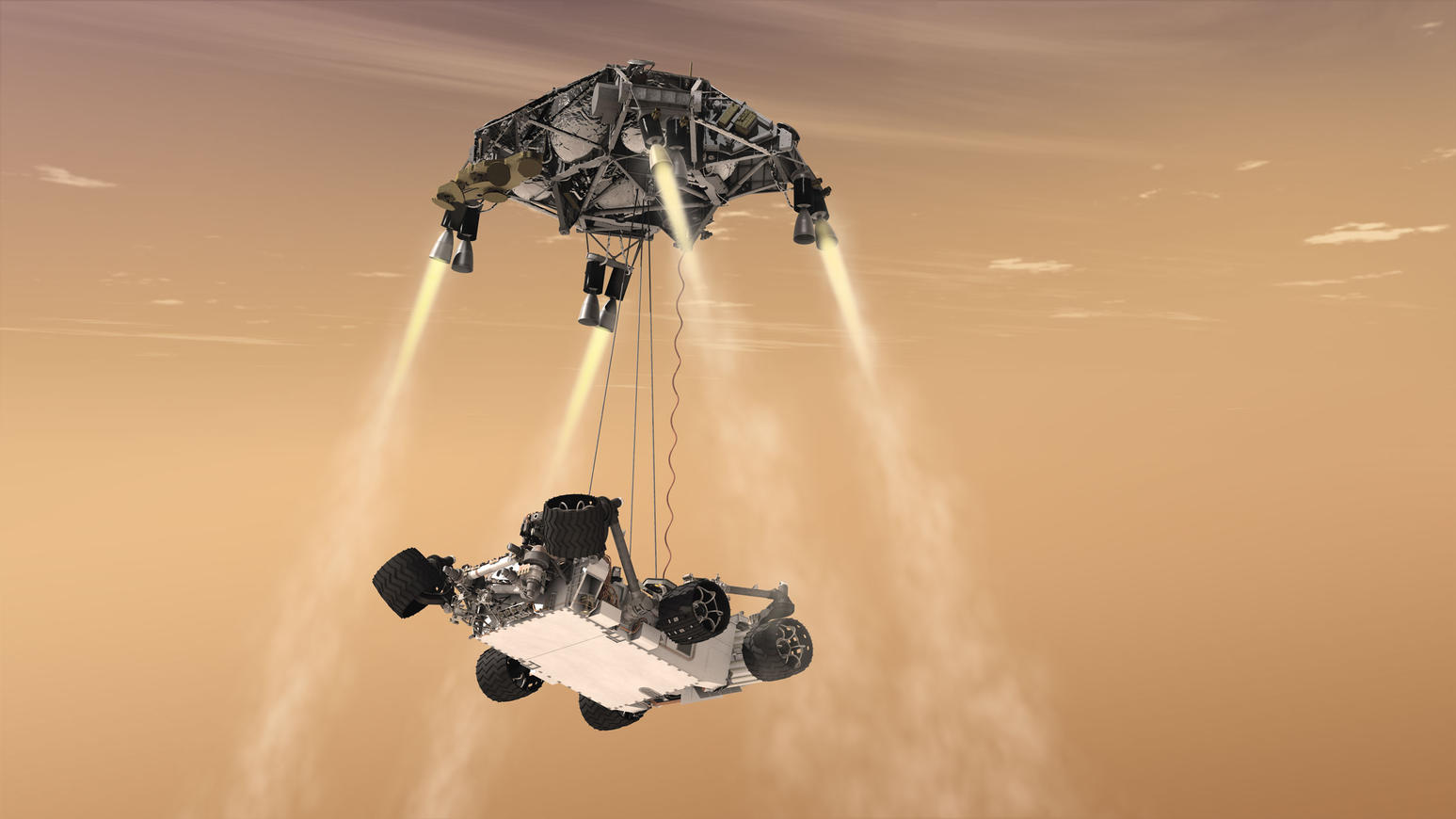
“WDRs are milestones meant to mitigate any issues before the actual launch day arrives,” ULA noted before flying Solar Orbiter earlier in 2020, which also required a wet dress rehearsal. “Typically, they are performed during the launch campaign for all planetary missions that have very short timeframes to launch. Missing that launch period would mean lengthy delays to wait for the next launch opportunity.”
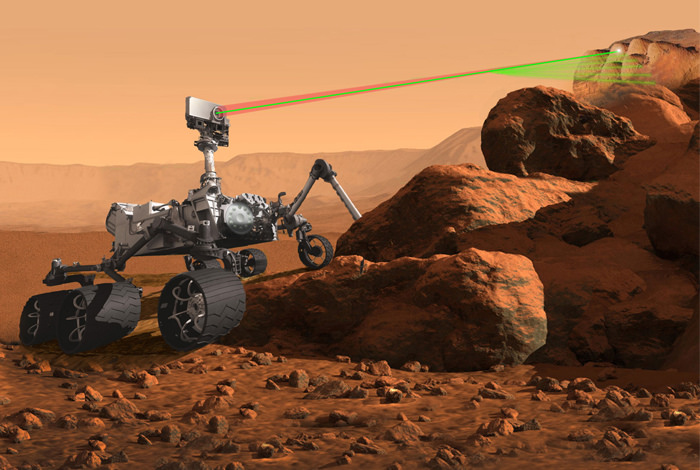
And that is particularly true for the 2,300-pound (1,050 kg) Perseverance, which was originally targeted to fly during a “window” extending from 17 July to around 11 August, although it may be possible for trajectory specialists to eke out a few additional days until mid-August. The crane controller fault has already eliminated the first few days of that window and the Atlas V is currently not expected to launch until at least 20 July.
Launch windows to Mars—the period at which the Red Planet and our Earth are most favorably aligned to enable a spacecraft transfer with the minimum demands on energy expenditure—typically occur every 26 months, and if ULA and NASA miss this summer’s window the next opportunity will not open until the late summer of 2022.
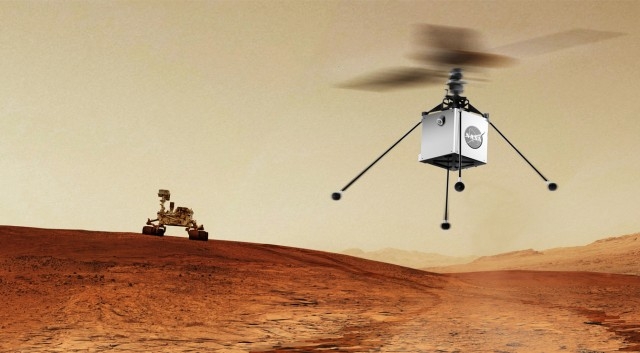
With the WDR complete, the rocket will now be returned to the VIF for the installation of its two-piece (“bisector”) payload fairing, housing the Perseverance rover. When fully stacked, the Atlas V will stand about 197 feet (60 meters) tall.
No matter what day Perseverance launches during its three-week window, it will alight just north of Mars’ equator—via a rocket-powered “SkyCrane”, not dissimilar to the one used by its predecessor, Curiosity, in August 2012—at the scientifically significant Jezero Crater on 18 February 2021.

This 28-mile-wide (45 km) crater was selected as the prime landing site in November 2018 and may once have supported an ancient Martian lake. In fact, Jezero’s geological richness offer Perseverance the opportunity to explore terrain and landforms dating back some 3.6 billion years, affording a potential bonanza for planetary scientists and astrobiologists alike.
.
.
FOLLOW AmericaSpace on Facebook and Twitter!
.
.





